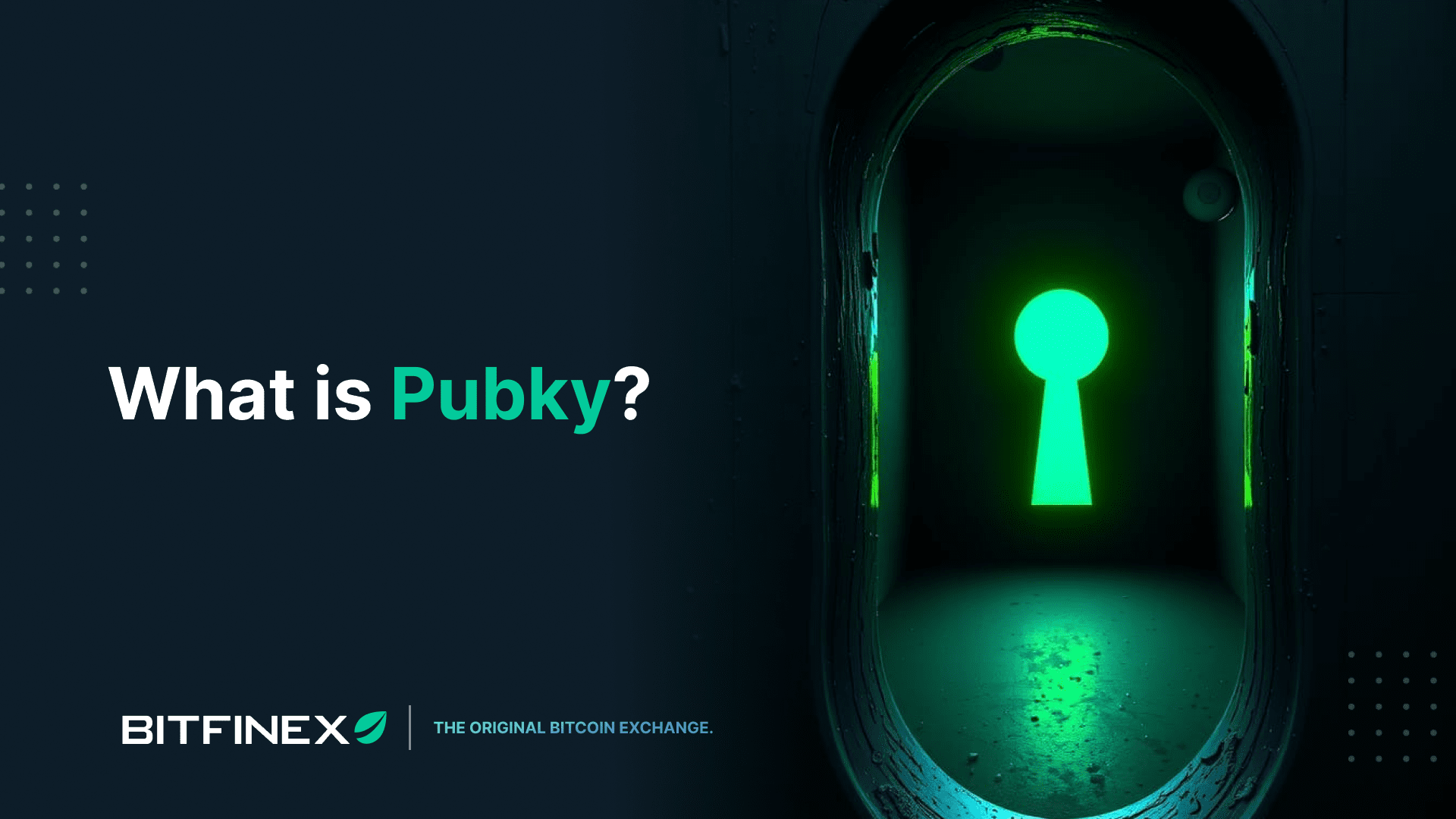
01 Aug What is Pubky?
We had a chance to talk to John Carvalho, CEO of Synonym, the company behind Pubky, a new decentralised web protocol and social platform which is currently in beta testing. Pubky offers a radical new take on the decentralised web and decentralised social media, which has been pioneered through prior efforts like ActivityPub, OStatus, AT protocol, and Nostr. The Pubky protocol has been designed from the ground up, for user sovereignty, data ownership, and censorship resistance.
Synonym’s Pubky: Decentralised Social Media Done Right
Synonym CEO John Carvalho has been ruffling some feathers on Nostr, the decentralised social media protocol with Lightning Network integration, which has been embraced by the Bitcoin community. John’s criticisms of Nostr coincide with the recent launch of Pubky’s Beta app, which was announced at BTC Prague last month, and which John believes is “a strict upgrade” to Nostr. Unsurprisingly, John’s posts garnered quite a bit of replies from the Nostr community. Some responded with curiosity, while others took the criticisms of Nostr as a personal attack. John has been kind enough to expand on his original comments in an exclusive interview with Bitfinex.
So, what exactly is Pubky?
Synonym’s Pubky project aims to rebuild the web around user sovereignty by replacing accounts with cryptographic public keys. Instead of relying on platforms to host identity and data, Pubky uses decentralised tools like PKARR, Mainline DHT, and homeservers to let users own and control their digital presence directly. Everything, from content to identity, is portable, signed, and verifiable.
One of Pubky’s most important features is its Public Key Domains (PKDs), a censorship-resistant alternative to DNS. Linked to your key, your domain lives across a hardened DHT with redundancy and signed records, making takedowns nearly impossible. If a server bans you, you simply move, identity and data intact.
Interview with Pubky’s John Carvalho on Pubky vs. Nostr
Last week, we were able to catch up with Synonym CEO John Carvalho, the man behind Pubky, to get his perspective on why he thinks Pubky is a superior protocol to Nostr, and fills in the gaps he believes exist in Nostr’s protocol design.
1. What are the main gripes or complaints you have with Nostr, give an overview for those who didn’t have a chance to read your Nostr posts
JC: I decided to use Nostr a lot recently. I wanted to be sure before I started criticizing it on a technical level. What I found were broken apps, broken searches, missing posts, settings I can’t change, and an overall janky experience.
None of this surprised me because these problems are to be expected when you apply the design that Nostr has.
My core complaint is that the design of the protocol is flawed, which will lead to both the broken user experiences I mentioned, and censorship at scale, which would defeat the purpose of Nostr, right?
2. Why do you think Nostr is censorable, and what does Pubky do differently?
JC: Nostr and Pubky are similar to all the web tech we already had: when you want to gather many people in one place, like social media, marketplaces, etc, you need other people’s servers to serve your data.
Both protocols use public key cryptography to establish user identities, but that is where the similarities end.
Nostr asks many computers to host your data for free, but at scale, this would of course require paid services, much like current cloud providers. The problem is that once you reach that scale, and get censored by a server, Nostr lacks what is called a “discovery method” and that means no one can know for sure where to find your data, or which data is the right, current data.
3. Why do you think discoverability is so important? How does Pubky do this and how does it compare to Nostr’s approach?
JC: Pubky solves this by using your public key as a domain name instead of using censorable ICANN domain names and DNS. We call this PKDNS.
Your public key domain is placed into the most decentralised network on the planet, Mainline DHT, where millions of nodes help anyone find your current data location, anytime.
4. You mentioned people who run Nostr relays could be legally liable for being non-compliant. Why would someone face legal issues for running a relay in your perspective?
Hosting services, and social media content, are regulated in most countries. At minimum you are meant to comply with laws related to CSAM, copyright, harassment, etc. Small hobbyist relays might stay under the radar, but anyone trying to build a business on top of this needs to comply or face fines and jailtime. You DO NOT want to get caught in the middle of an investigation while hosting illegal horrifying content. “I didn’t know” is not an excuse they will accept.
5. How does Pubky shield users from this legal risk?
JC: Nothing shields users from legal risk other than following the law. What Pubky does is give people a credible exit when they are censored. They can pick up where they left off, without disruption, as long as they can find a new host, or are willing to host themselves.
6. Give an overview of running a Nostr relay vs. running a Pubky homeserver and how the two experiences are both similar, and how they differ.
JC: Most people won’t ever run a relay in Nostr, but most people will end up running a homeserver in Pubky.
Simply, relays are meant to act as a pool of servers that may, or may not, have the data you are looking for.
Pubky homeservers are single sources of truth for your data. Then, your homeserver data is replicated by a separate role we have, called indexers, which aggregate all the Pubky data into a graph database that applications can use to provide a great UX.
7. How does pubky differ from other decentralized social media protocols like Hive, Bastyon, Farcaster, the Fediverse, Bluesky, etc.
JC: I don’t know much about most of those to be honest! I guess the most relevant project to this conversation is Bluesky. They also have a server model, but lack the PKDNS aspect.
8. Explain the humor behind NIP 177
JC: Haha, well, it’s a riff on my BIP 177, which aims to improve Bitcoin terminology and improve how amounts are displayed. The joke is that some people say “nostr” very differently! Some say “NO stur” and others say “NOSS tur” – Well, I think the NO-stur people are crazy so I made a joke proposal on how to say it correctly, else have your license to use Nostr software revoked 🙂
9. How can people get their hands on Pubky?
JC: Our flagship application, pubky.app, is now in beta. People can follow @getpubky on X and request invite codes there. We should be out of beta before the end of the year.
The protocol and software is all open-source at github.com/pubky/
10. How does Pubky fit in with the Synonym’s other products?
JC: Pubky is a major part of our whole “Atomic Economy” vision, which aims to provide the world’s first functional and sustainable free-market society.
This includes Bitkit, Blocktank, Paykit, and Atomicity, but we can talk about those next time!



